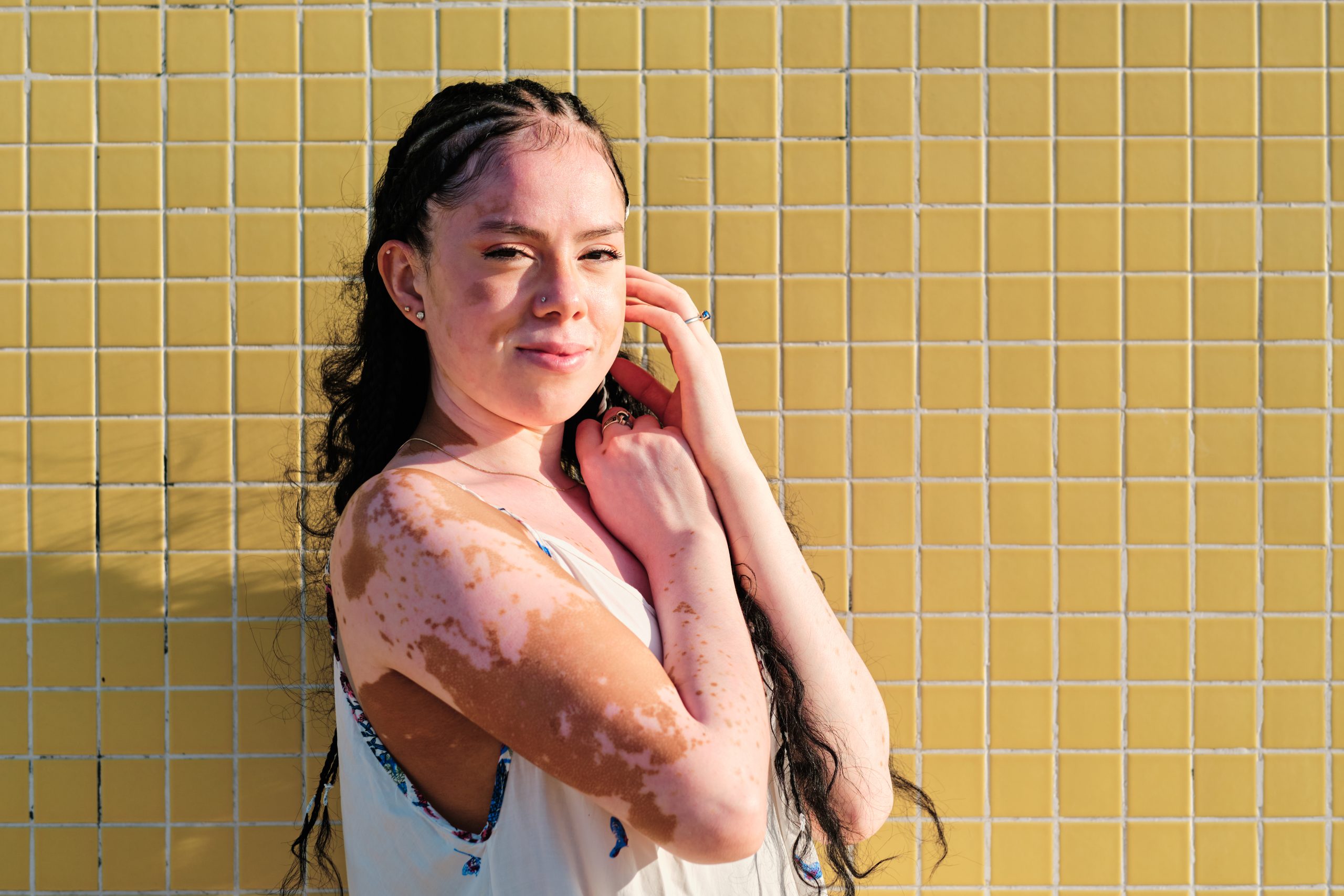
Pandya gives an in-depth overview of his vitiligo treatment pearls from the 2023 Pigmentary Disorders Exchange Symposium.
The 2023 Pigmentary Disorders Exchange Symposium held in Chicago, Illinois, from May 5th to May 6th, covered numerous crucial topics in managing pigmentary disorders and featured a powerhouse list of faculty members. Hosted by conference co-chairs Pearl Grimes, MD, and Jill Waibel, MD, faculty members and attendees met for the 2-day conference to discuss the pathogenesis of vitiligo, hyperpigmentation, medical and surgical treatments for vitiligo, cosmeceuticals for photodamage, and more.
Amit Pandya, MD, FAAD, a dermatologist in Sunnyvale, California, the president of the Global Vitiligo Foundation, and director of the pigmentary disorders clinic at the Palo Alto Medical Foundation, spoke with Dermatology Times® to review his session, “Vitiligo Medical Treatment Advances,” as well as important topics from the meeting that he enjoyed.
Transcript
Pandya: Hello, my name is Amit Pandya. I’m the director of the pigmentary disorders clinic at the Palo Alto Medical Foundation in Sunnyvale, California. And I’m also an adjunct professor in the department of dermatology at UT Southwestern in Dallas, Texas.
Dermatology Times: What are a few key highlights from your session, “Vitiligo Medical Treatment Advances?”
Pandya: I was excited to present advances in medical treatments for vitiligo at the recently concluded Pigmentary Disorders Exchange in Chicago. I talked about the exciting advances in JAK inhibitors for vitiligo with the recent approval of a topical JAK inhibitor ruxolitinib last year by the FDA. I talked about the phase 2 studies for this medication, which showed excellent results after one year, 50% of the patients got 75% of the color back on their face, and 1 out of 3 got 90% back on their face. The results on the body was that half the patients got 50% of the color back on their body. And this is with no phototherapy. This is simply with the cream and just normal sun exposure. I also showed that the responses were better on the head and neck, the trunk and the proximal extremities. But there was still a significant number that got improvement on the hands and feet. The side effects were very minimal, with less than 10% getting acne or pruritis. And the rest of the side effects were equal to placebo. So, it seemed to be very safe. And when we added narrowband UVB to ruxolitinib in a separate study, which was recently published, we got even better results, even better repigmentation. I showed the results of the phase 3 study which led the FDA to approve it. And that showed very similar results to the phase 2 study with again, half the patients getting 75% of their color back on their face. And the side effects again being very minimal with less than 10% getting acne. I then went on to talk about the exciting oral treatments, ritlecitinib, a JAK3 inhibitor, and that one was used to treat patients with active vitiligo, so it was a higher bar. And in that one, when they looked at the F-VASI75 or the improvement of 75% in the face, 1/3 of the patients reached that result after one year. And overall, there was a 66% improvement on the face and lower on the whole body. And then finally, I talked about the very recent results that were released on povorcitinib, a JAK1 inhibitor, and in this one, the patients who are treated for 36 weeks so far, these are like hot off the press, we don’t even have the 52 week results available. But in this one, it was similar in that F-VASI75, 1/3 of the patients achieved that F-VASI75. And then when it came to the T-VASI50, it was about 1/3 achieved 50% improvement on their body. Again, side effects for this one, just like the ritlecitinib, were very similar to placebo. So, these were the exciting results I was able to show with the medications, especially JAK inhibitors that are approved and also in the pipeline.
Dermatology Times: What did you enjoy about the 2023 Pigmentary Disorders Exchange Symposium?
Pandya: The Pigmentary Disorders Exchange was the first meeting that I’ve been to that was solely devoted to pigmentary disorders. It covered the wide spectrum of lectures on each of these disorders, including vitiligo, melasma, post-inflammatory hyperpigmentation, and photodamage. And what I really loved about it is that it really covered everything from A to Z, from the pathogenesis of the condition to medical treatments, to procedural treatments of these conditions. And they really went into the science of the pathogenesis. And then that helped you understand why these treatments work and which treatments should be selected. And of course, I can’t help but mention the camaraderie and just the social activities and meeting all my friends and leaders in pigmentary disorders. And a chance to talk to the audience one on one about these disorders was really a real treat for me. I really enjoyed going there.
Image Credit: Envato Elements




